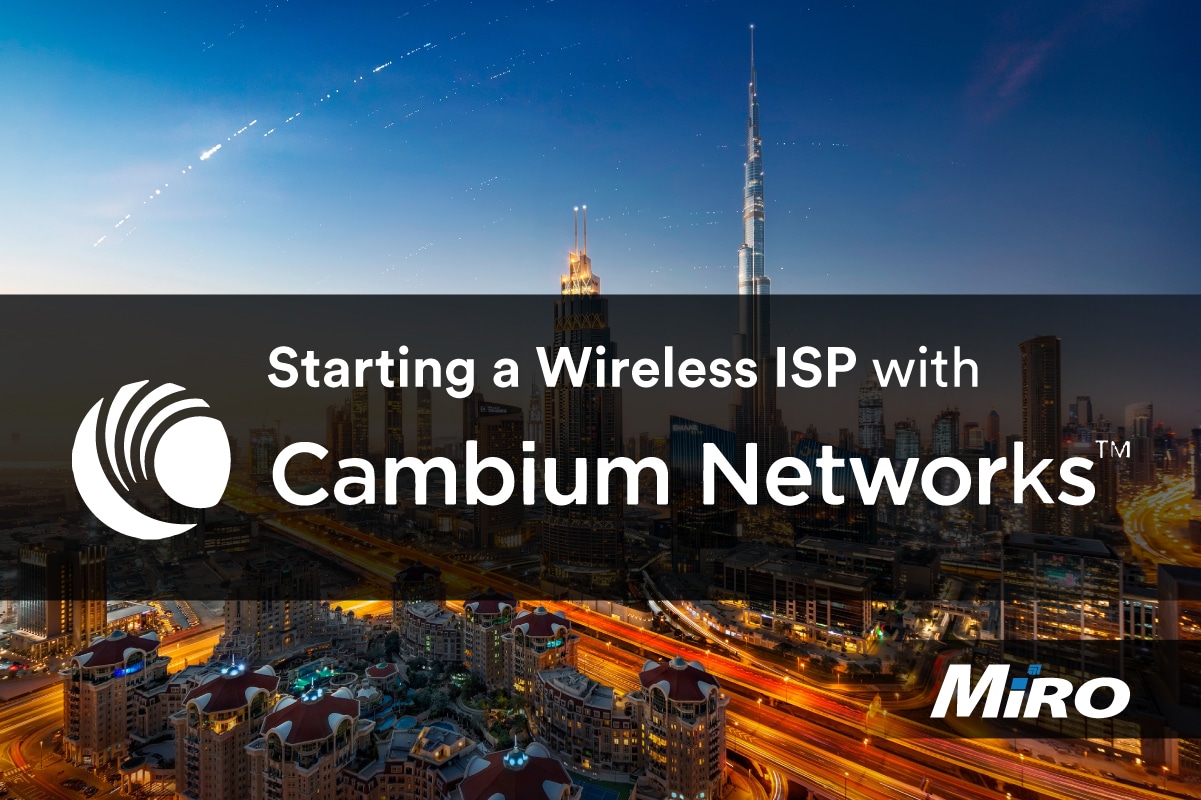Content supplied by MiRO
Little over a year ago, our world was turned upside down with the onslaught of the COVID-19 pandemic and the subsequent lock down levels. As we all adopted a Work-from-Home approach, this change in end user connectivity demand required a technology solution to address these challenges. Luckily South Africa’s Internet Service providers took aggressive action to increase the reach and quality of their networks.
There have been some ground-breaking outcomes in South Africa from the pandemic, such as reduced cost of internet packages, a telecommunications company removing the need to tie consumers into lengthy contracts and some ISPs upgrading their clients to faster, more reliable connections at no additional cost.
The actions taken by ISPs have played a really meaningful role in empowering people to work and learn from home. While there have been success stories in the more developed metropolitan areas, there is still the persistent challenge, however, of getting connectivity to remote areas where the residents tend to have limited financial resources. The reality remains that for those living in rural and disadvantaged communities the cost of a typical internet package is out of reach – even if there is the connectivity infrastructure in place. Fibre in these areas is not an option and costly, capped mobile access the only plausible option if available.
This is where Cambium Networks’ technology, available from MiRO, comes to the fore and enables ISPs to respond to accessibility and price points so that communities can access the internet. The Cambium Networks portfolio has a number of different types of solutions that are able to work harmoniously together, managed from its single centralised management platform, cnMaestro.
Loading...
Then there is Cambium Networks’ wireless fabric, which is made up of three distinctive threads, the backhaul layer, the last-mile distribution layer and the WiFi layer.
The backhaul layer is the backbone of the IP network. Cambium’s high-capacity point-to-point radios, both unlicensed and licensed, are used to send and receive large amounts of data over long distances between internet breakouts and the distribution layer, where the data can then be disseminated via various fixed broadband or mobile access networks.
You might also be interested in: TP-Link Networking Devices and Accessories
Cambium’s PTP670 and the ePMP Force 400 offer robust, license-free solutions that operate on the 5GHz frequency. For getting internet connectivity to a rural location that may be many kilometres away from a fibre network, wireless backhaul links offer a speedy and effective method.
Once data has reached the area where it is required, it can then be distributed to residential and business clients using point-to-point (PtP) or point-to-multipoint (PtMP) wireless technology – the distribution layer. Cambium’s flagship PtMP solution, the ePMP 3000 base station, can be coupled up with up to 120 ePMP Force 300 subscriber module radios within 10 kilometres and a 90 degree radius. Four base stations can cover 360 degrees and these base stations and subscriber modules are easy to mount. Factors such as the estimated throughput and line of sight can be calculated before installation using Cambium’s free LinkPlanner Tool.
READ: Keep your fibre internet going during load shedding – here’s how much it costs
The final WiFi layer provides end users with a direct connection to the internet. This can either be through using a residential WiFi router such as the cnPilot R190V or an enterprise WiFi access point such as the cnPilot E510 outdoor access point or the E410 indoor access point.
Within rural or disadvantaged communities, enterprise WiFi access points are more commonly installed because these can be used to create public WiFi hotspots. Custom guest portals with voucher systems with various payment options can be configured using cnMaestro Essentials.
More management features and report logs with extended time periods can be used and analysed with Cambium’s cnMaestro X. In a scenario where multiple access points are being used, cnMatrix PoE switches can be included to connect and power both Cambium and third-party equipment such as cameras, smart phones and IoT devices.
As connectivity becomes incrementally more important, MiRO and Cambium Networks are actively seeking ISP partners in order to apply their skill sets to close the digital divide through cost-effective, stable and easy to deploy solutions that can provide connectivity for many years to come.
While technology is at the fingertips of some, it is important to remain cognisant of those people that need connectivity as much as anyone else in order to get an education or find a job to feed their families. They are the new frontier and service providers who recognise this will open up an important revenue stream and provide an essential role within these communities. To learn more about MiRO’s extensive range of Cambium Networks wireless networking solutions, MiRO is a phone call or click away. Visit https://miro.co.za/.
Loading...
